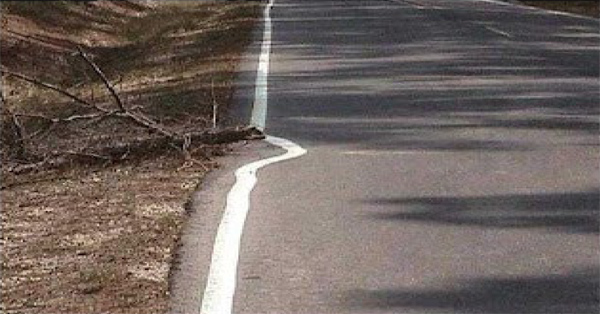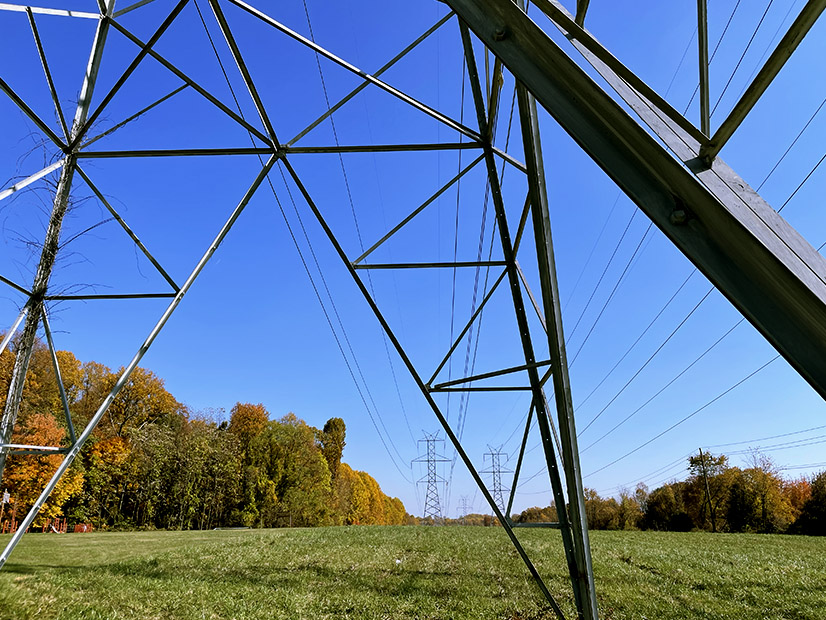Maintaining bulk electric system reliability is similar to maintaining personal health, Tim Ponseti, SERC vice president of operations, said at the regional entity’s Spring Reliability and Security webinar Tuesday.
That begins with preventative measures, such as outreach and education about risks. SERC has “had 13 straight board meetings where we’ve highlighted the various issues, common failure modes, best practices and things to look out for regarding facility ratings,” Ponseti said.
Inaccurate transmission line ratings can cause a system operator to lose real-time situational awareness, or to operate equipment beyond its capabilities, damaging it or causing lines to sag beyond design, which could result in unplanned and potentially widespread outages.
Eighty-six percent of FAC-008 violations in SERC’s footprint are related to discrepancies between documented facility ratings and actual field conditions, said Dulce Plaza, SERC legal counsel, who offered a sneak peek at a report the RE will release later this month.
“If you give operators a rating, they’re going to operate to it, right or wrong, so it’s important they have good numbers and data to operate from,” Ponseti said in giving his own presentation. Planners use facility ratings to design capital projects and future improvements to the grid, so accurate facility ratings have a far-reaching impact. “Whether it’s every one, two, three or four years, we’ve touched base and given health checkups essentially covering almost 90% of our transmission models and generation megawatts in our footprint.”
Operations and planning audits often run into missing or altered equipment, or jointly owned equipment, said Heath Martin, SERC senior O&P auditor, who closed the session with a presentation on “things to think about.”
 SERC
SERC
Equipment might need special consideration when applying the facility ratings methodology, generally older equipment that has older construction practices and clearance thresholds, perhaps older equipment in general that may not meet current standards, Martin said.
He showed a picture of a painted white line marking the edge of a country road that curved around a fallen branch.
“‘It’s not my job to remove that limb, so I’m just going to paint around it and keep going’; that is not the correct attitude when it comes to jointly owned facilities,” Martin said.



